Walking down Chicago’s Michigan Avenue the other day I came across advertisement after advertisement for immersive experiences, including The King Tut Immersive Experience, The Prince Experience, The Van Gogh Immersive, The Harry Potter Immersive Experience and so on. The one that caught my eye and made me think of my own classical world was The Immersive Nutcracker.
While many symphony and ballet organizations rely on yearly Nutcrackers to bring in families to the theaters, this new immersive experience seemed to be a direct threat. I posted this thought on Facebook a while back and was quickly dismissed by people saying things like, “The live experience can’t be replaced,” and “Families will still keep their traditions by going to the ballet versions.”
While there is merit in acknowledging that live music and ballet is transcendent, it must be acknowledged that people are seeking entertainment in a variety of forms and prices. In other words, this is competition for new ticket buyers and old, alike.
Many poo-poo these experiences, criticizing the watered-down artistic impact or cheapened commercial appeal. Yet, having gone to and enjoyed one of these immersive experiences myself, I think we need to re-evaluate a few things before we continue to criticize.
First, these immersive experiences open a gateway into an art form that for decades and centuries the general population hasn’t necessarily felt welcomed or had easy access to. Experiences create an interest which leads to curiosity and, if played correctly, leads to furthering that interest into a passion.
Second, traditional arts organizations should acknowledge the trend and the impact of this competition. Additionally, they should allow this to invigorate them, not threaten them. It forces a re-evaluation of how a performance effects and impacts the public.
The scary side of this could be that traditional organizations may not have the funds or resources to up their own game. But that shouldn’t stop them from finding creative solutions. It all boils down to how the experience of a performance feels to the ticket buyer. An organization will be on track if buyers feel:
- Invited
- Welcomed
- Involved and included
- Valued
Organizations who turn their noses up at immersive experiences make me think there is either an air of snobbery or a defensive reaction. Neither perspective is about the potential patrons, but about cloistered individuals.
There have been a few good examples of orchestras exploring the immersive experiences. The Curtis Institute offered an Immersive Scheherazade this year. But the best example of immersive experience given by an orchestra was the live performance by Aurora Orchestra who performed Berlioz’s Symphony Fantastic in Royal Albert Hall. I highly recommend checking this performance and noticing the details that make this production work:
- Lighting and focus
- Staging
- Pacing and flow
- Story telling
- Commitment from all the performers
It’s a 90-minute deep dive into this wonderful symphonic work, but done in a way that gives the novice symphony goer an immediate grasp while feeling welcome to do so.
I’m not suggesting that every orchestra copy this exactly, but I am suggesting that orchestras think about the way they are presenting their live concerts. Are they focusing on how things have always been done, or are they acknowledging we have an incredible opportunity to interpret and cultivate art with today’s entertainment trends while maintaining organizations mission statements.
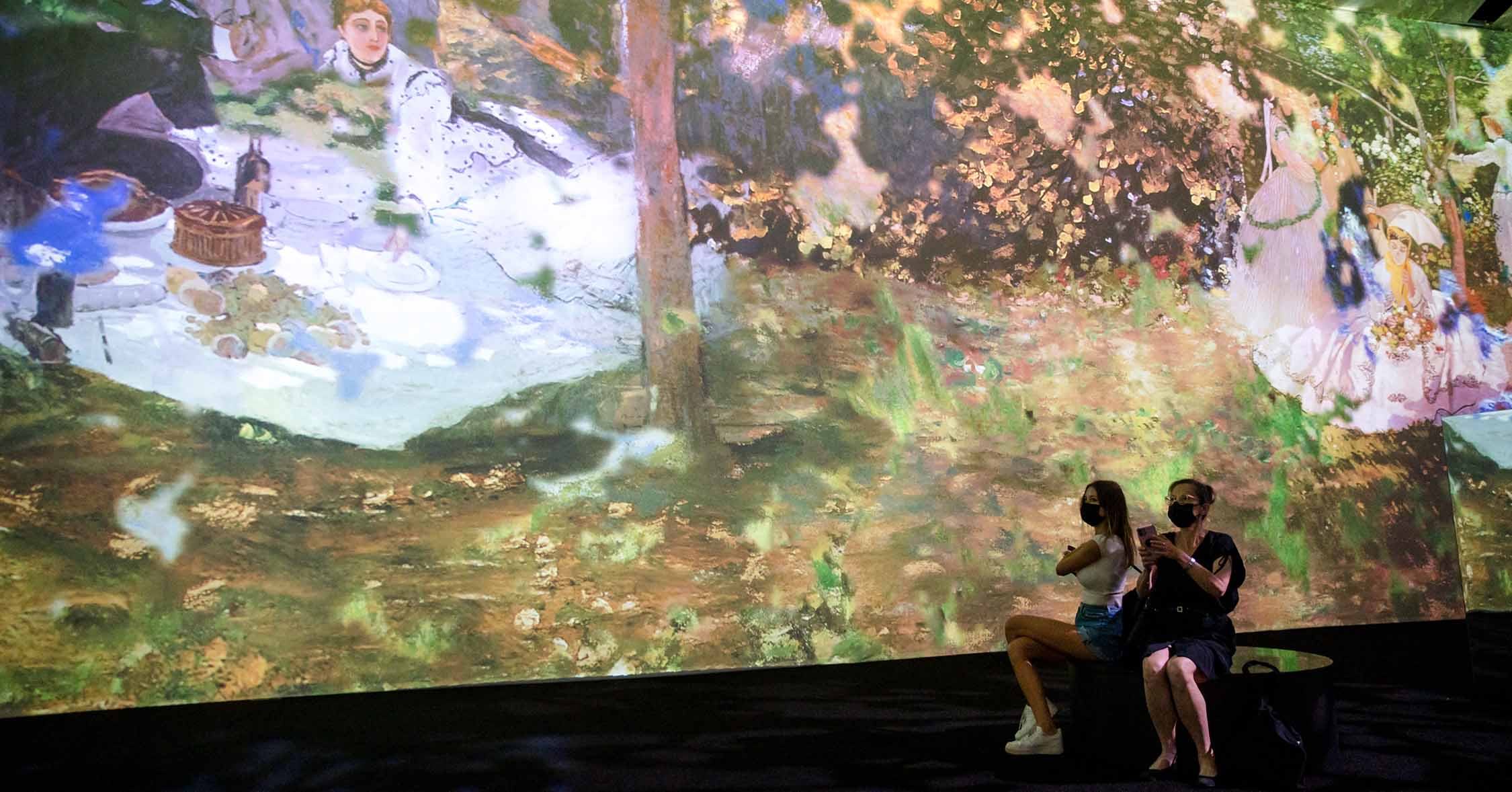


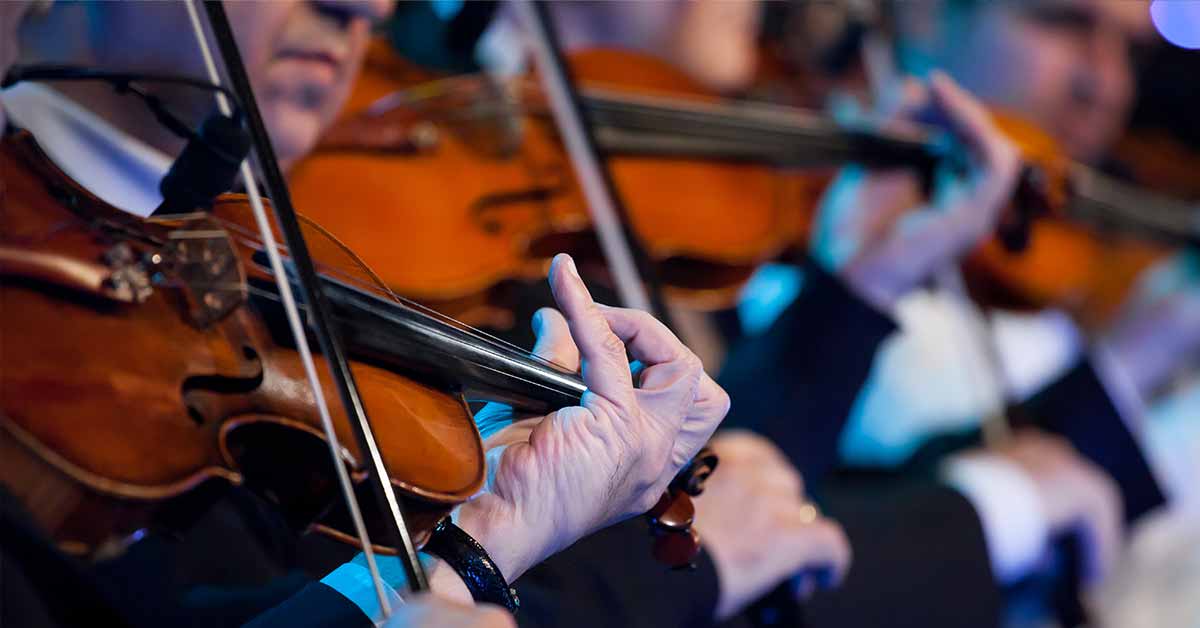
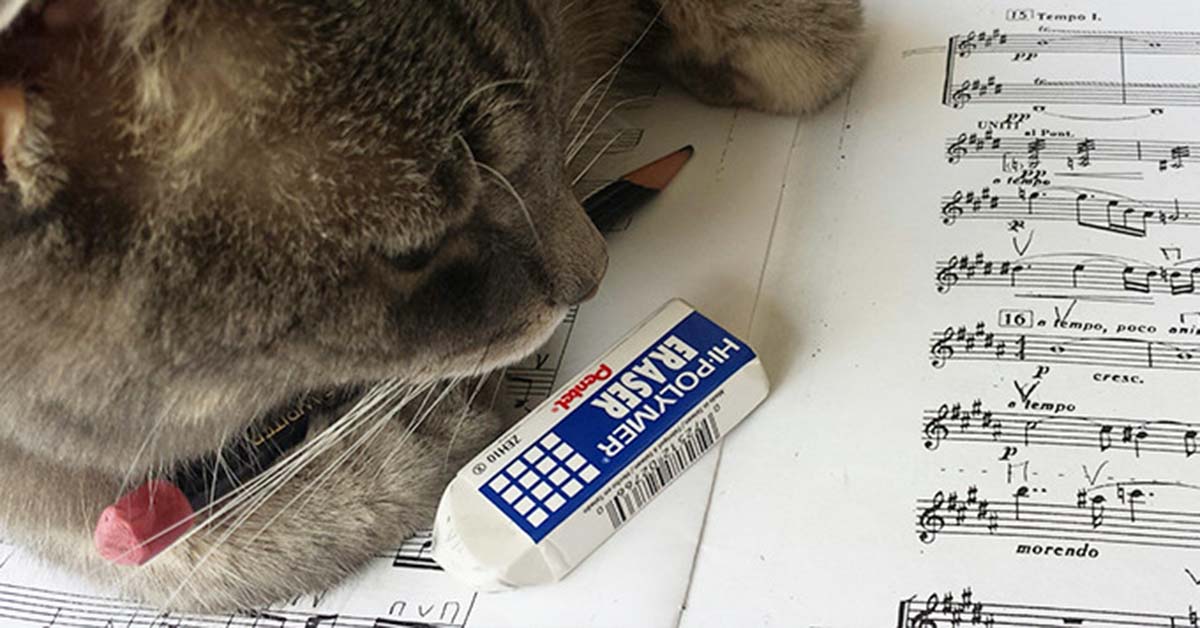
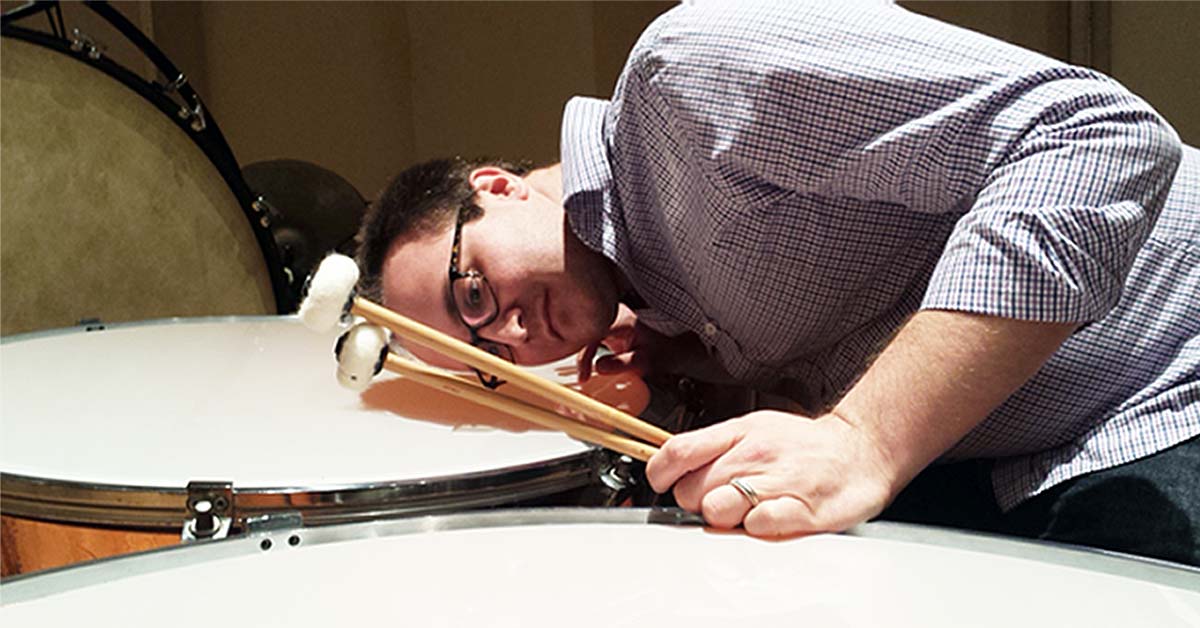

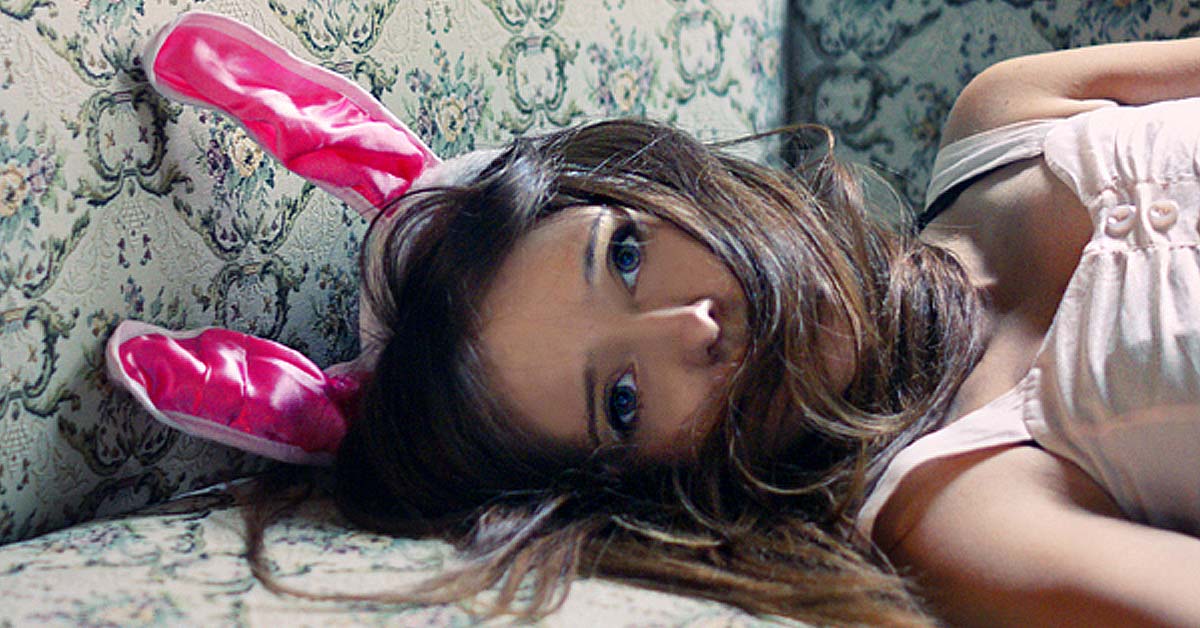



I noticed that every year more and more people are interested in the subject of classical music. But unfortunately very often only online. Therefore, any such information helps to revive interest in real concerts.